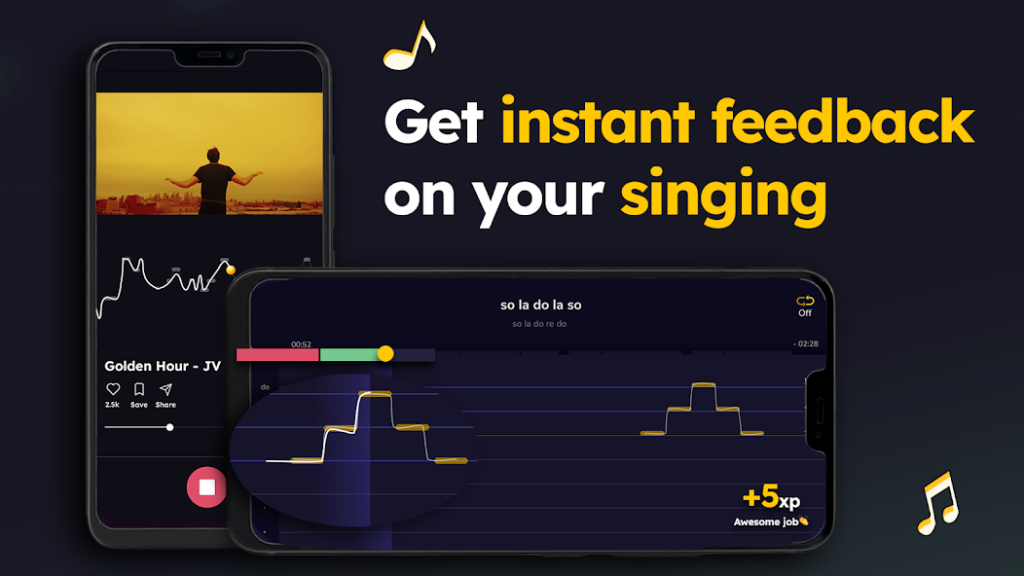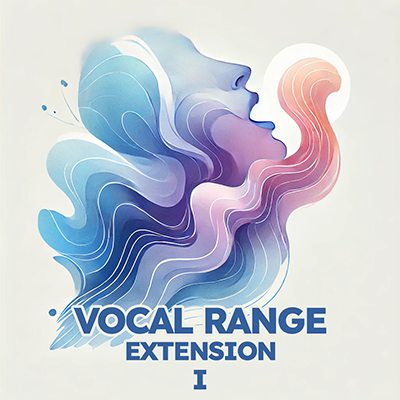
How can I develop a good vocal vibrato?
Posted on December 28, 2022 by vasu
Vocal vibrato is a captivating technique that adds a unique and mesmerizing quality to a singer's voice. It involves creating a controlled wavering effect in the pitch of a sustained note, resulting in a rich and expressive sound. Whether you aspire to be a professional vocalist or simply want to enhance your singing abilities, developing a good vocal vibrato can significantly elevate your performance. In this comprehensive guide, we will explore eight essential tips that will help you develop a good vocal vibrato.
Warm-up Exercises and Vocal Health
Before diving into the intricacies of vocal vibrato, it is crucial to warm up your voice properly. Begin your practice session with gentle warm-up exercises, such as lip trills, humming scales, and gentle vocal sirens. These exercises will awaken your vocal cords, increase blood flow, and prepare your voice for the challenges ahead. Additionally, maintaining vocal health by staying hydrated, avoiding vocal strain, and getting sufficient rest is essential for nurturing a healthy and vibrant voice capable of producing a beautiful vibrato.
Controlled Quiver Technique
One of the foundational steps in developing vocal vibrato is mastering the controlled quiver technique. Start by singing a sustained note and gradually introduce a slight quiver or tremolo, adding a gentle fluctuation in the pitch. Focus on maintaining control and consistency in the speed and depth of the vibrato. This technique requires practice and precision, but with time and dedication, you will gradually refine your ability to execute a smooth and natural vibrato.
Experimentation and Individuality

Vibrato is a deeply personal aspect of singing, and each vocalist possesses a unique vibrato style. Embrace the opportunity to explore different speeds and depths of vibrato to discover what suits your voice best. Experiment with various musical genres and vocal styles, as different genres often call for distinct vibrato techniques. By experimenting and embracing your individuality, you will develop a vibrato that is uniquely yours, contributing to your artistic identity as a singer.
Proper Diaphragmatic Support

Effective control of the diaphragm and abdominal muscles is crucial for producing a strong and controlled vibrato. Engage your diaphragm to support your breath and create a solid foundation for your vocal sound. Practice deep breathing exercises and incorporate breath control techniques into your vocal exercises to strengthen your diaphragmatic support. This foundation will provide stability and control, allowing you to execute a vibrant and consistent vibrato throughout your vocal range.
Vocal Cord Relaxation

While mastering vocal vibrato, it is essential to maintain relaxation in your vocal cords. Tension can hinder the natural flow of vibrato and lead to strained and forced sounds. Focus on achieving a relaxed and open throat position, allowing your vocal cords to vibrate freely. Engage in vocal warm-ups, such as gentle sirens, to loosen any tension in your vocal mechanism. With practice, you will develop a heightened awareness of vocal cord relaxation, leading to a more effortless and natural vibrato.
Listening and Imitation

Listening to experienced singers renowned for their beautiful vibrato can be an invaluable learning tool. Pay attention to their vocal technique, the speed, and depth of their vibrato, and how they seamlessly integrate vibrato into their performances. Immerse yourself in a variety of musical genres to expose yourself to different vibrato styles. While it is important to find your unique voice, observing and imitating skilled vocalists can provide valuable insights and inspiration for your own vibrato development.
Recording and Self-Assessment

Recording yourself while practising vibrato is an excellent way to objectively evaluate your progress. Listen back to your recordings and analyze the quality of your vibrato. Pay attention to areas that need improvement, such as consistency, pitch control, or excessive tension. By identifying these areas, you can make necessary adjustments and refine your technique. Consider seeking the guidance of a vocal coach or mentor who can provide constructive feedback based on your recordings.
Consistent Practice and Feedback

Consistency is key when it comes to developing any vocal skill, including vibrato. Set aside regular practice sessions dedicated to honing your vibrato technique. Incorporate vocal exercises that specifically target vibrato development, such as sustained note exercises with gradual vibrato application. Additionally, don't hesitate to seek feedback from experienced vocal coaches or mentors. Their expertise and guidance can help you identify areas for improvement and offer valuable advice to enhance your vibrato technique.
Utilizing the Riyaz App

To support your journey in developing vocal vibrato, consider leveraging the features of the Riyaz App. The app offers a comprehensive range of vocal exercises, warm-ups, and lessons specifically designed to enhance your singing skills. Utilize the vast library of 1M+ songs across various genres and languages to practice singing with vibrato. The app's vocal analysis tools can provide real-time feedback on your pitch, tone, and vibrato execution, helping you refine your technique further. Take advantage of the app's personalized learning experience and progress tracking to monitor your growth and make consistent strides in mastering vocal vibrato.
Conclusion
Developing a beautiful and controlled vocal vibrato is a journey that requires dedication, practice, and patience. By incorporating the eight tips outlined in this comprehensive guide, you can embark on a transformative path toward mastering this captivating technique. Remember to warm up your voice, experiment with different techniques, focus on diaphragmatic support and vocal cord relaxation and seek inspiration from accomplished singers. Embrace consistent practice, record your progress, and seek feedback from trusted mentors or vocal coaches. With determination and the aid of the Riyaz App's resources, you will gradually develop a unique and enchanting vibrato that elevates your singing to new heights. So, embark on this musical adventure, and let your vibrato be a reflection of your passion and artistry in the world of music.
[wp-faq-schema title='Commonly Asked Questions to Develop a Good Vocal Vibrato']








